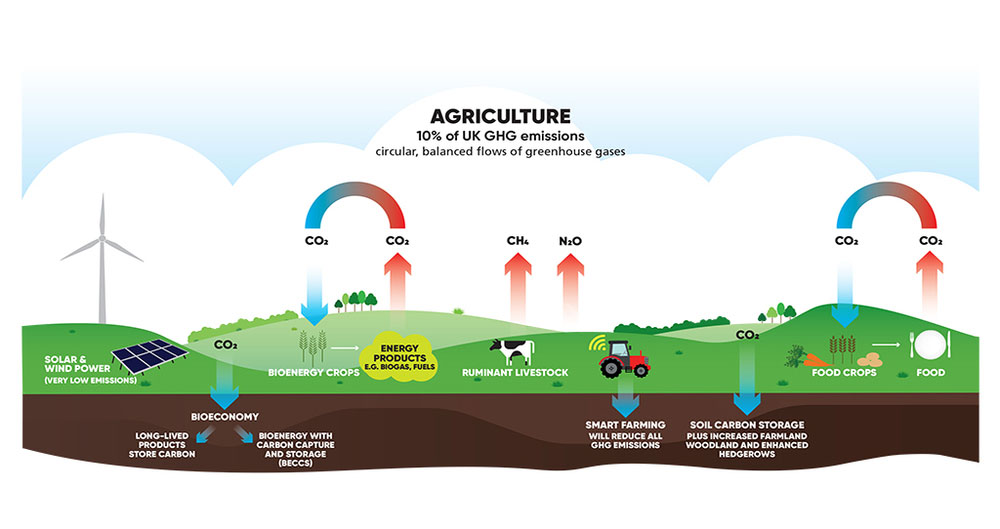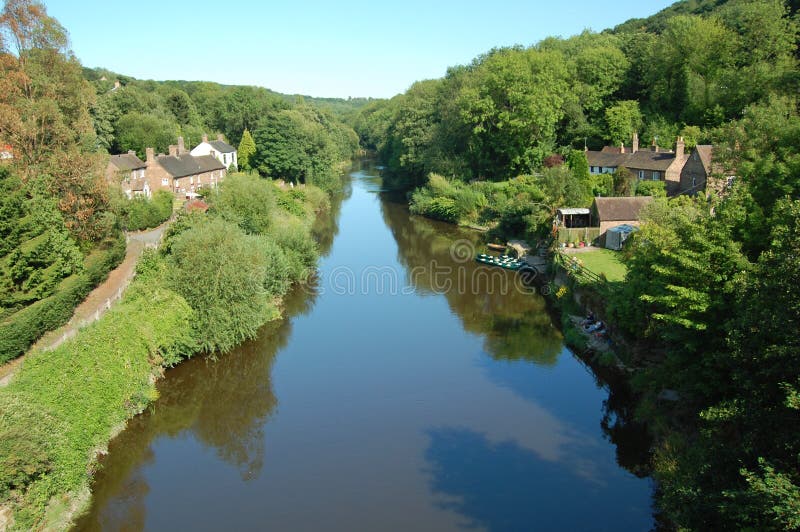Shropshire has beautiful countryside. There is a total rea of around 860,000 acres. Of this around 650,000 acres is farmland. There are around 3,500 farms across Shropshire. There are around 20,000 acres of open countryside where animals, birds, insects, trees and flowers should flourish.
BIODIVERSITY
Biodiversity is simply a word that means we should maintain the variety of species of plants, insects and wildlife to ensure that we do not destroy the balance with nature. A fascinating example of this relates to Yellowstone Park in the USA. By around 1926 Gray wolves became extinct. In 1977 scientists realised that this extinction had destroyed many species which were related to the food chain, of which grey wolves were a part. In 1991 wolves were re-introduced from Canada to Yellowstone park, and there has been a spectacular revival of the species and trees, rivers and grasslands of Yellowstone park.
This video from National Geographic tells the story:
SHROPSHIRE HILLS
The Shropshire Hills are an area of outstanding natural beauty.
The range of habitats and wildlife found in the AONB reflects its transitional position between upland and lowland. The mix of heathland, grassland, woodland and rivers habitats have a history of relatively sympathetic land management.
The area holds some national rarities and is very significant in a regional and county context for upland plants and animals such as Merlin, Snipe, Curlew, Whinchat, Dipper, Emperor moth, Small Pearl Bordered Fritillary and Grayling butterfly. It is also something of a stronghold for formerly more common or widespread species, such as Skylark, Tree Pipit, Black Poplar and Great Crested Newt.
The Shropshire Hills AONB Partnership have published its nature recovery plan, which can be found on the following website:
You can help by joining this or the other charities dedicated to wildlife and biodiversity like Shropshire Wildlife Trust or the Green Shropshire Xchange and participating in their activities. While walking, look out for the species of birds, flowers and insects of interest.
TREES
Trees are a vital part of the response to the threat of climate change, as the right trees will help absorb carbon dioxide, preventing it from going into the atmosphere. Globally, we also need to prevent the wholesale deforestation of vast areas like the Amazon, Borneo and Congo. This deforestation not only changes the environment where they are used for food production and displaces the wildlife but also affects rainfall levels elsewhere in the world. We are now understanding the interdependencies of these ecosystems on the globe, and the need to invest in trees – not destroy them for commercial greed. The following BBC video shows how the production of palm oil for cosmetics and so on is endangering the lives of orangutans in Borneo:
Trees in Shropshire
In April 2021 the Shropshire Star reported that *National Trust volunteers have planted more than 2,000 native trees at Belmore Farm on the Shropshire Hills as part of a major conservation project.
Stepping Stones is a landscape-scale nature conservation project aiming to improve the area for wildlife by restoring habitat areas, and linking them together to create ‘wildlife corridors’, across the Long Mynd and Stiperstones.
Elder, holly, hawthorn and rowan were some of the wildlife-friendly saplings that were planted at the site near Ratlinghope. In time, the trees will provide nectar, berries and shelter for birds and other wildlife.”
This kind of project respects nature and is good for Carbon Dioxide retention.
You can help by getting actively engaged in projects designed to increase the number of carbon dioxide reducing trees across Shropshire. See the details of the latest scheme in our news section by clicking on this button:
PEATLAND
Peatland is important as if we dig up the peat, we release the hidden carbon dioxide into the atmosphere. Peatlands are the UK’s largest on-land store of carbon, holding three times as much as woodlands. They store around 3.2 billion tonnes of carbon, but in their current degraded condition, they release 23 million tonnes of CO2 every year. That’s 5% of the UK’s annual greenhouse gas emissions. They are precious wildlife habitats and vital for holding back and filtering water. But a high proportion of UK peatlands have been damaged, drained, extracted and burnt over decades of misuse.
The Marches Mosses are Fenn’s, Whixall & Bettisfield Mosses National Nature Reserves and Wem Moss Nature Reserve in North Shropshire. Collectively they are the third largest area of lowland raised peat bog in the UK. Shropshire Wildlife Trust, Natural England and Natural Resources Wales have been working to restore 665 hectares of the Marches Mosses during the 5-year project.
Gardeners use compost to enrich the soil and plants. Make sure you use peat-free compost for this activity.
AGRICULTURE
The National Farmers Union are supporting the move toward greenhouse gas emissions. They have produced the following chart which illustrates the impact which agriculture can have on the climate

There are three pillars to this approach:
Pillar 1: Boosting productivity and reducing emissions.Reduction of the inputs into farming, thereby reducing emissions while achieving the same level of outputs.
Pillar 2: Farmland carbon storage. Farmland based around more trees and hedgerows can better capture carbon, reducing the amount being released into the atmosphere.
Pillar 3: Boosting renewable energy. Creating more solar energy and wind power resources will reduce the consumption of carbon-based fuels.
The people of Shropshire can help support similar schemes across the countryside. Planting hedgerows will help with capturing carbon and also help bird and insect life. Supporting projects to plant trees is essential. See the Woodland Trust website to get more detail.
RIVERS
We have a great river in the River Severn passing through Shropshire. Keeping it and other rivers as clean as possible will help support improvements in the wildlife around our rivers and wetlands. Of course, improving the climate will help to reduce the floods and disruption that the River Severn could cause.

LAND USE ADVICE
The committee on climate change has produced in 2020 a comprehensive (123-page) document on the policies required for effective land use in the UK. This document summarises its intent in the following paragraph:
The UK’s net-zero target will not be met without changes in how we use our land. Those changes must start now. The Committee’s previous work1 has shown it is possible to reduce land-based emissions of greenhouse gases while contributing to other strategic priorities for lands such as food production, climate change adaptation and biodiversity. This report focuses on the policies to drive that change. Farmers and landowners will face many challenges over this transition, but the framework set out in this report can help to make it a fair one by creating new opportunities and revenue streams that reflect the benefits they bring to society.
We include a copy here, since Shropshire is a rural community, and this is a very important review. You can download it here.